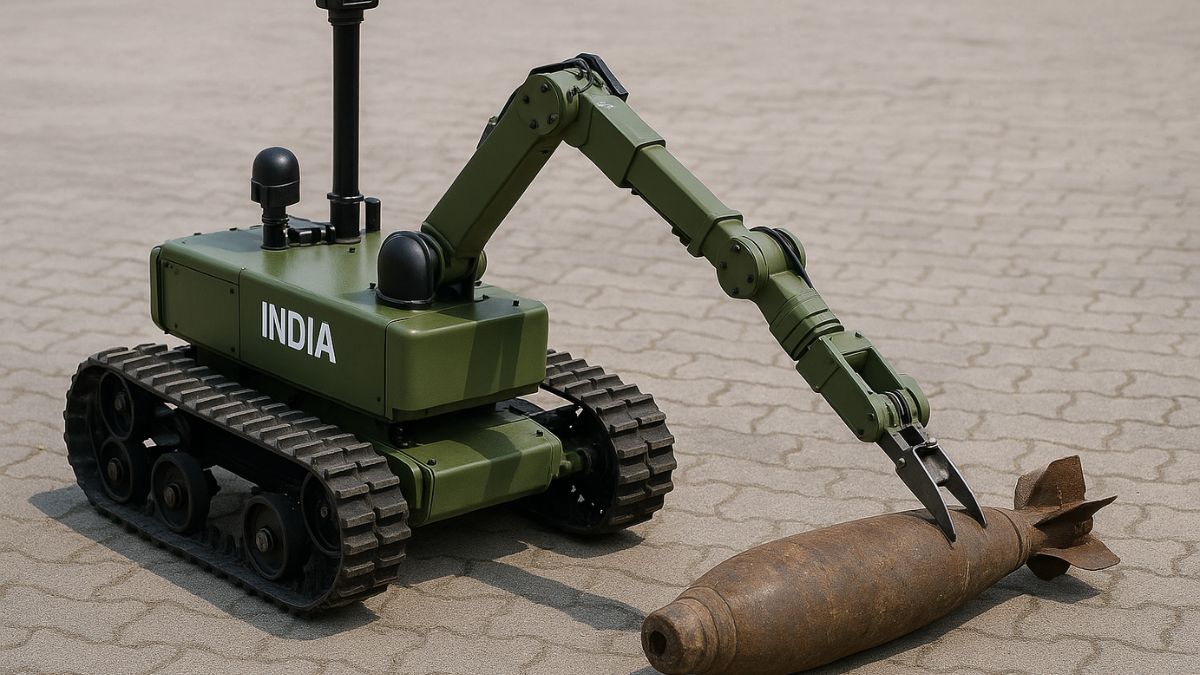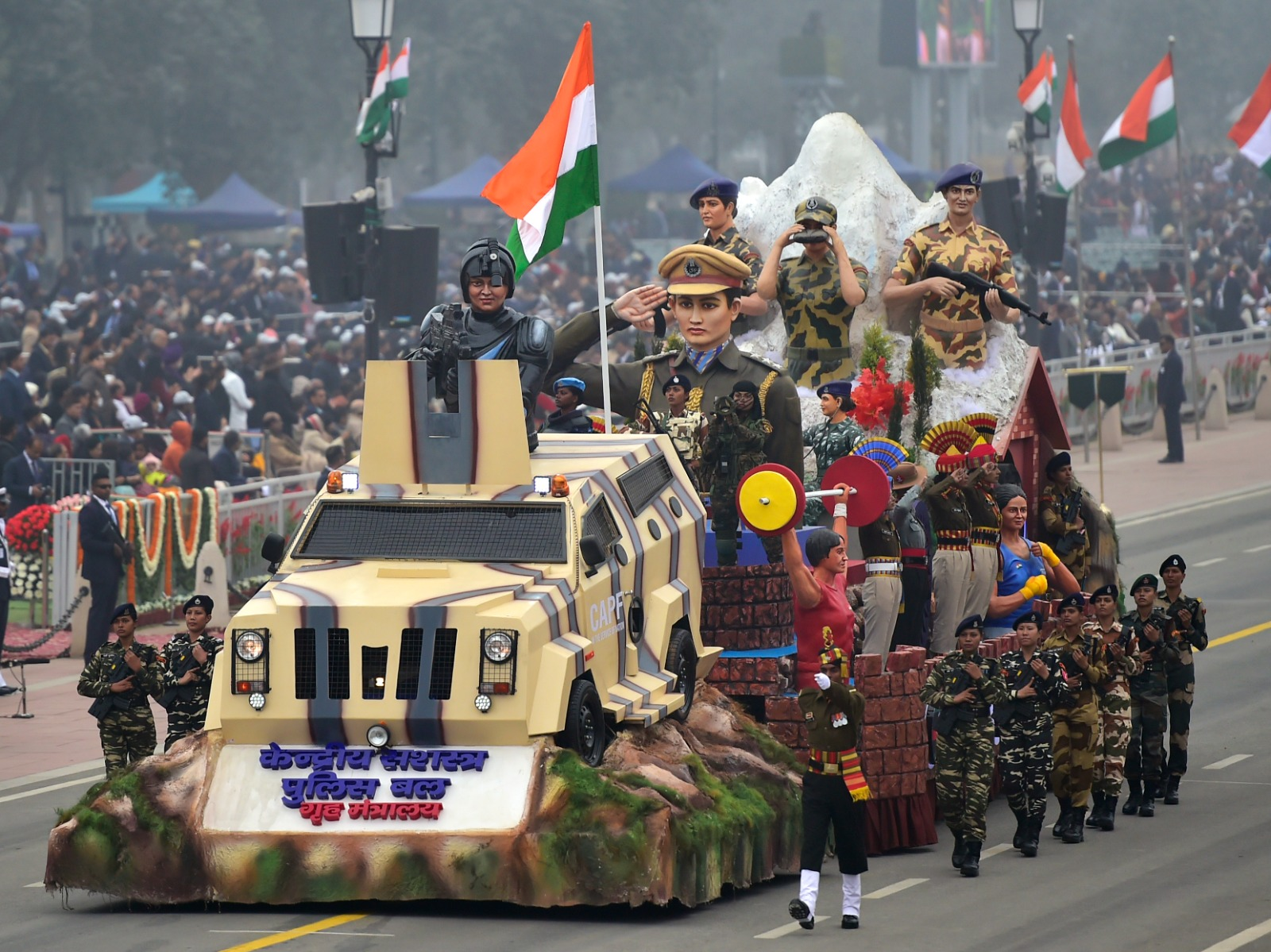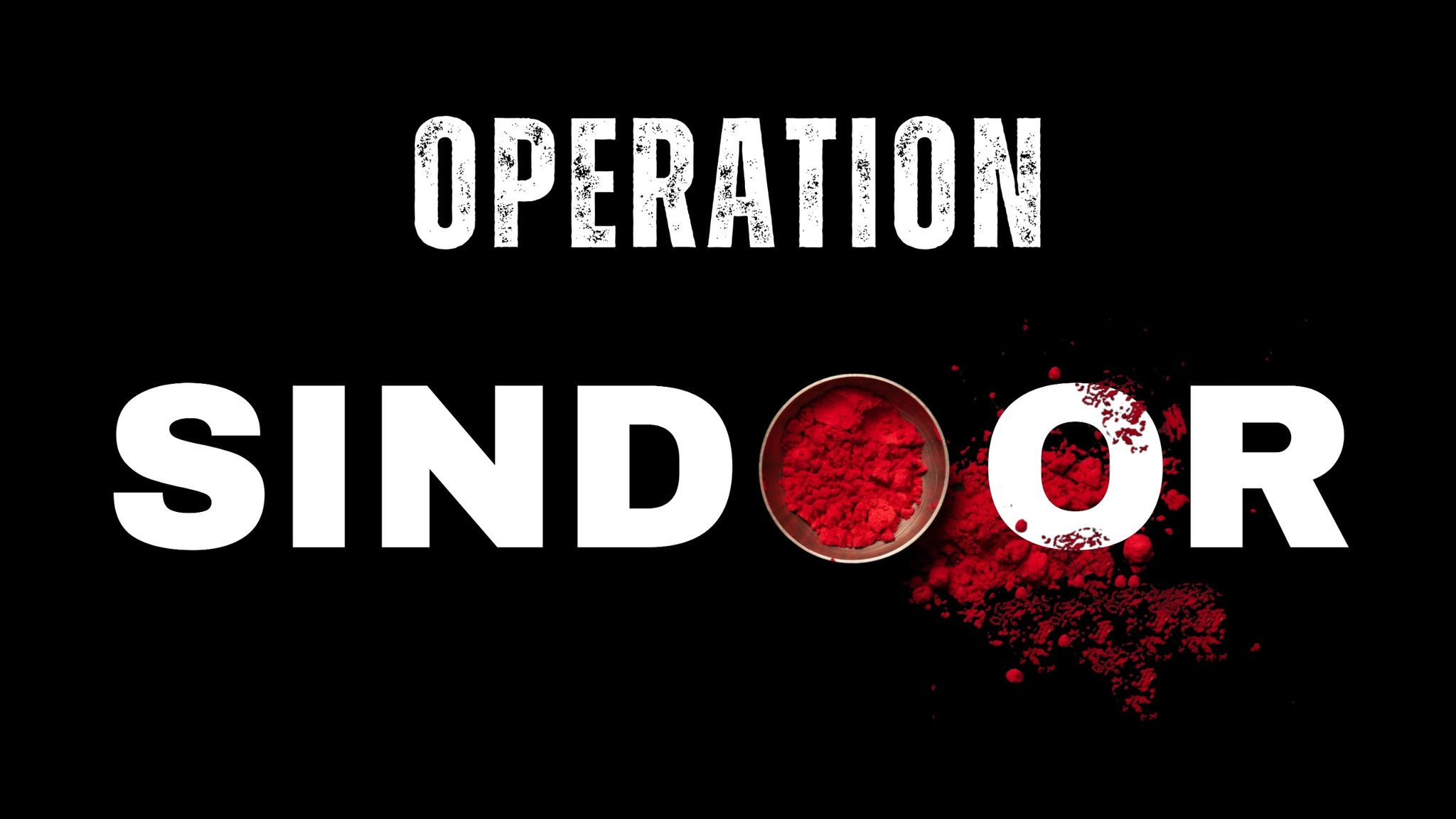DRDO Transfers Bomb Disposal Robot Tech To Pune Firm: How It Will Boost IAF’s Explosive Ordnance Handling Power

DRDO will provide the Pune firm with access to UXOR’s design documentation, manufacturing protocols. Image courtesy: AI-generated via Sora
In a significant stride toward self-reliant defence innovation, the Defence Research and Development Organisation (DRDO) has signed a Technology Transfer (ToT) agreement with Pune-based Sagar Defence Engineering for the production of its Unexploded Ordnance Handling Robot (UXOR).
Designed to neutralise ordnance weighing up to 1,000 kg, the UXOR represents a next-generation, indigenous bomb disposal system that promises to enhance safety and efficiency during explosive ordnance disposal (EOD) missions.
According to official sources cited by The Times of India, the Indian Air Force (IAF) plans to deploy UXOR units across forward airbases and sensitive strategic installations, strengthening its operational safety infrastructure.
Who are DRDO’s industry partners in this project?
Under the new arrangement, Sagar Defence Engineering has been selected as a primary industry partner, alongside Bharat Electronics Limited (BEL), to scale up production of UXOR units. The partnership reflects DRDO’s growing strategy of engaging both private and public sector defence firms for accelerated production and wider deployment of indigenous technologies, reducing reliance on in-house manufacturing.
Developed indigenously by DRDO over the past decade, the UXOR system combines advanced robotics, precision engineering and safety automation. Some of its key operational highlights include:
- Water-jet cutting technology to safely disarm explosives by slicing through bomb casings up to 25 mm thick.
- Remote operation capability up to 2 km, allowing bomb disposal teams to manage missions from a safe distance.
- Cross-terrain mobility for operation on airstrips, tarmacs and rugged terrains.
- Endurance of up to six hours, ideal for prolonged bomb disposal and reconnaissance tasks.
These capabilities mark a quantum leap in India’s autonomous and semi-autonomous ordnance disposal systems, significantly reducing human risk during high-stakes operations.
How has the UXOR performed in trials?
Sources confirmed that the UXOR has successfully undergone extensive field and simulated trials with the Indian Air Force. The trials included live bomb disposal exercises and real-world testing at secure IAF locations, where UXOR’s precision, stability and operational reliability reportedly exceeded expectations.
As part of the ToT agreement, DRDO will provide Sagar Defence and BEL with comprehensive access to UXOR’s design documentation and manufacturing protocols, software integration and quality assurance standards, field maintenance procedures and operational training modules.
Moreover, the contract includes delivery of multiple UXOR units over the next two fiscal years, along with training of IAF personnel in operation, maintenance, and emergency handling.
What does this mean for India’s defence manufacturing push?
A senior defence source indicated that the UXOR project aligns with DRDO’s larger goal of building a collaborative defence ecosystem, where private firms play a central role in rapid technology deployment and production scalability. The move not only boosts India’s indigenous defence manufacturing capacity but also enhances the operational readiness in handling unexploded ordnance across conflict and border zones.







